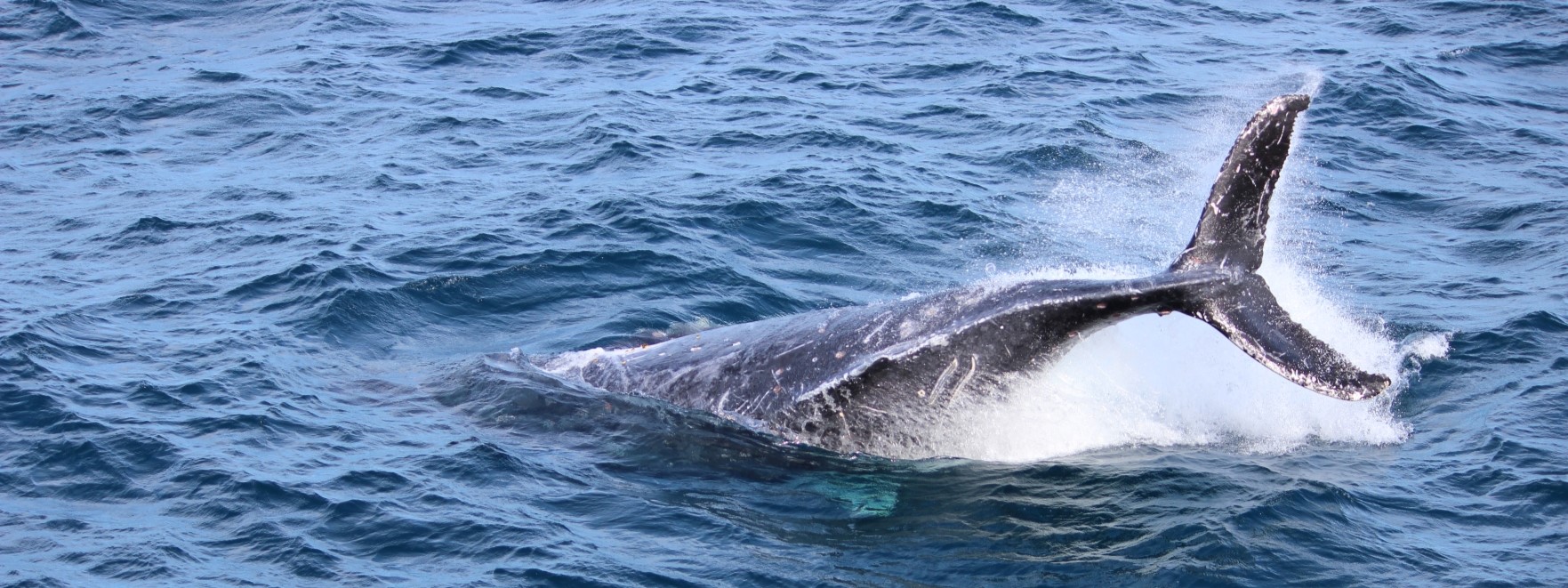Launched ahead of World Oceans Day (June 8), BlueCorridors.org is the result of work between World Wildlife Fund and more than 50 global research groups.
The platform combines over 3.2 million kilometres of satellite tracking data from more than 1400 whales with information on overlapping threats and conservation solutions.
Blue corridors refer to routes which connect different areas as in urban planning or whale migratory routes.
“Blue corridors are more than migration routes — they’re lifelines for the ocean’s giants and the ecosystems they support,” says Chris Johnson, Global Lead for WWF’s Protecting Whales and Dolphins Initiative.
BlueCorridors.org shows how shipping can intersect with whale migration routes in the oceans around Australia, from northwest Western Australia to the eastern seaboard.
“This platform transforms decades of science into a tool for action — showing when, where and how to protect whales in a rapidly changing ocean,” Johnson explains.
“Ship strikes, entanglement in fishing gear and shark nets are a growing concern on Australia’s east coast, especially during humpback whale migration season,” Johnson says.
“The cumulative impact of these activities are creating a dangerous and sometimes fatal obstacle course for our great whales.
“On top of this, climate change is impacting their migration cues and shifting their prey populations, especially in the polar regions,” he says.

ABOUT THE PLATFORM
- It’s the first time the “blue corridors” used by great whales have been digitally mapped, animated and made public.
- The maps trace the migratory superhighways that connect breeding, feeding and social habitats across ocean basins.
- Platform users can see the satellite tracks of humpback whales travelling along Australia’s east and west coasts annually on their way to feeding grounds in Antarctica and in other regions.
WWF-Australia wants Canberra to establish a Western Pacific Blue Corridor for whales collaboratively with Pacific countries and scientists.
“Safeguarding this corridor would create a protective network for whales and other key ocean species from the Pacific down to Antarctica and benefit the planet,” Johnson says.
“Healthy whales lead to healthy oceans,” he says.
“Growing evidence shows whales fertilise our oceans over great distances. This helps boost phytoplankton production, which captures about 40% of all carbon dioxide produced and generates over half the atmosphere’s oxygen.
“Thriving and healthy whale populations benefit nature and people.”






